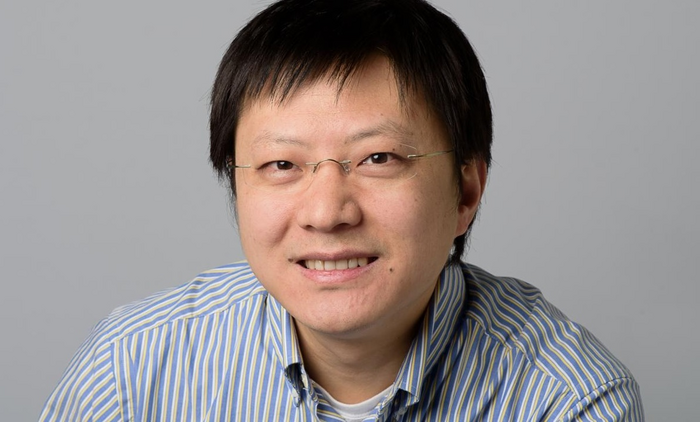In an innovative experiment, researchers from the University of Groningen, collectively with collaborators from the Dutch universities of Nijmegen and Twente and the Harbin Institute of Technology (China), have found the presence of a superconductive state that was initially conceptualized in 2017.

This is Professor Dr Justin Ye, head of the Device Physics of Complex Materials group at the University of Groningen, the Netherlands, and lead author of the Nature paper on the FFLO superconducting state. Image Credit: Sylvia Germes
The current proof for a unique variant of the FFLO superconductive state was presented on May 24th, 2023, in the journal Nature. This breakthrough could have considerable applications, especially in the field of superconducting electronics.
The study’s lead author is Professor Justin Ye, who leads the Device Physics of Complex Materials group at the University of Groningen. Ye and his group have been working on the Ising superconducting state.
This is a unique state that has the potential to resist magnetic fields that normally cause harm to superconductivity, and that was explained by the team in 2015.
In 2019, the researchers made a device containing a double layer of molybdenum disulfide that could pair the Ising superconductivity states in the two layers. Fascinatingly, the device made by Ye and his team makes it feasible to switch this safety on or off with the help of an electric field, leading to a superconducting transistor.
The coupled Ising superconductor device provides new insights into a long-standing difficulty in the field of superconductivity. In 1964, four scientists (Fulde, Ferrell, Larkin, and Ovchinnikov) anticipated a unique superconducting state that could exist under conditions of a strong magnetic field and low temperature, known as the FFLO state.
As far as standard superconductivity is concerned, electrons travel in opposite directions as Cooper pairs. As they travel at the same speed, such electrons consist of a total kinetic momentum of zero. But in the FFLO state, there is a small speed variation between the electrons in the Cooper pairs, which implies that there is a net kinetic momentum.
This state is very elusive and there are only a handful of articles claiming its existence in normal superconductors. However, none of these are conclusive.
Justin Ye, Professor and Head, Device Physics of Complex Materials Group, University of Groningen
It is important to have a strong magnetic field to create the FFLO state in a traditional superconductor.
However, the role played by the magnetic field requires cautious tweaking. In other words, for two roles to be played by the magnetic field, it is required to utilize the Zeeman effect. This isolates electrons in Cooper pairs depending on the direction of their spins (a magnetic moment) but not on the orbital effect—the other role that generally harms superconductivity.
“It is a delicate negotiation between superconductivity and the external magnetic field,” explains Ye.
Ising superconductivity, which Ye and his collaborators introduced and published in the journal Science in 2015, inhibits the Zeeman effect.
By filtering out the key ingredient that makes conventional FFLO possible, we provided ample space for the magnetic field to play its other role, namely the orbital effect. What we have demonstrated in our paper is a clear fingerprint of the orbital effect-driven FFLO state in our Ising superconductor. This is an unconventional FFLO state, first described in theory in 2017.
Justin Ye, Professor and Head, Device Physics of Complex Materials Group, University of Groningen
The FFLO state in traditional superconductors needs extremely low temperatures and a highly strong magnetic field, which makes it hard to make. But in Ye’s Ising superconductor, the state has been reached with a weaker magnetic field and also at higher temperatures.
Transistors
Ye first noted signs of an FFLO state in his molybdenum disulfide superconducting device in 2019.
“At that time, we could not prove this, because the samples were not good enough. The actual experiments took half a year, but the analysis of the results added another year,” states Ye.
But his Ph.D. student Puhua Wan has since been successful in producing samples of the material that satisfied all the needs to display that there is indeed a finite momentum present in the Cooper pairs.
Wan is the first author of the Nature Journal.
This new superconducting state requires additional investigation.
There is a lot to learn about it. For example, how does the kinetic momentum influence the physical parameters? Studying this state will provide new insights into superconductivity. And this may enable us to control this state in devices such as transistors. That is our next challenge.
Justin Ye, Professor and Head, Device Physics of Complex Materials Group, University of Groningen
Journal Reference
Wan, P., et al. (2023) Orbital Fulde–Ferrell–Larkin–Ovchinnikov state in an Ising superconductor. Nature. https://doi.org/10.1038/s41586-023-05967-z.